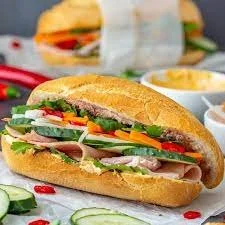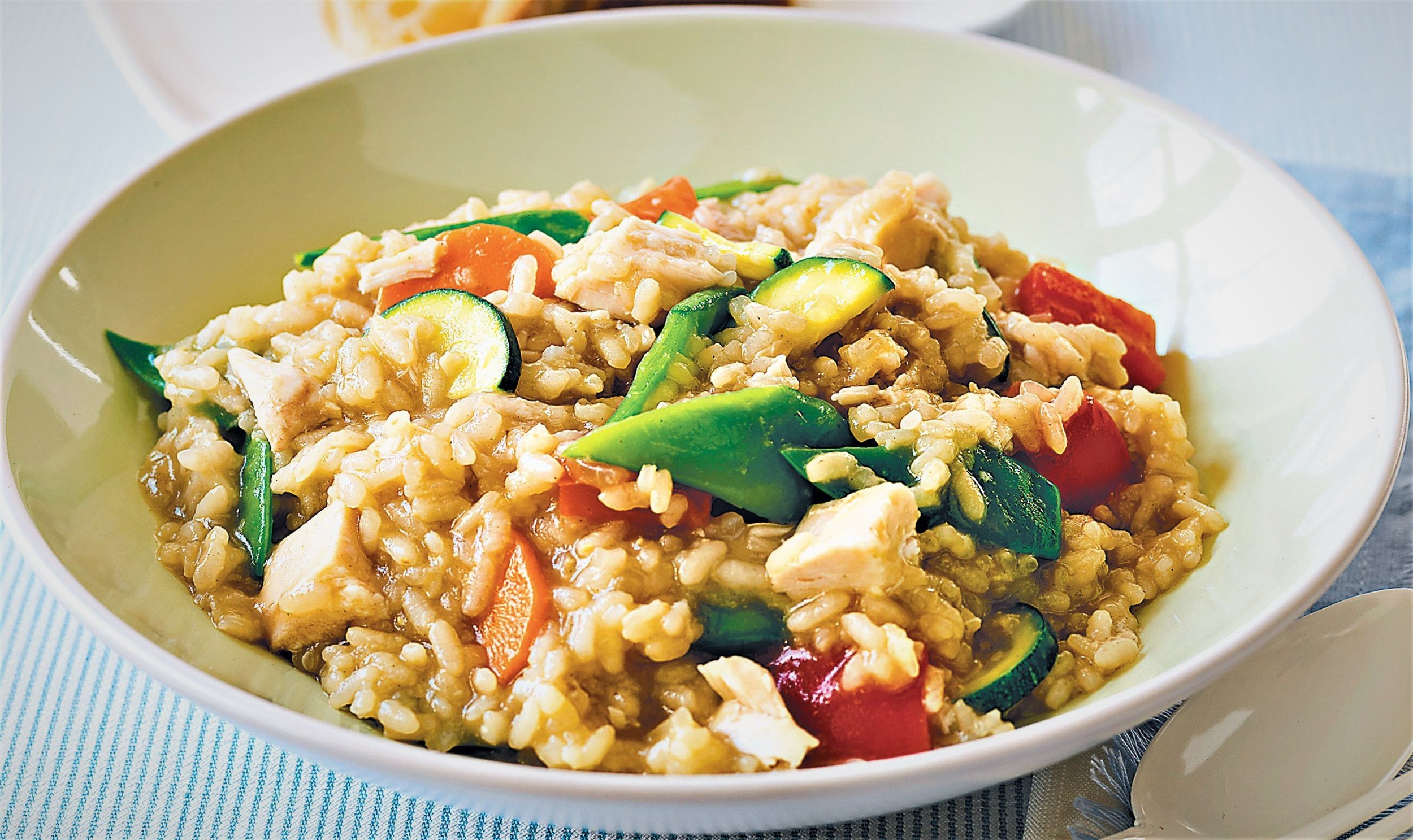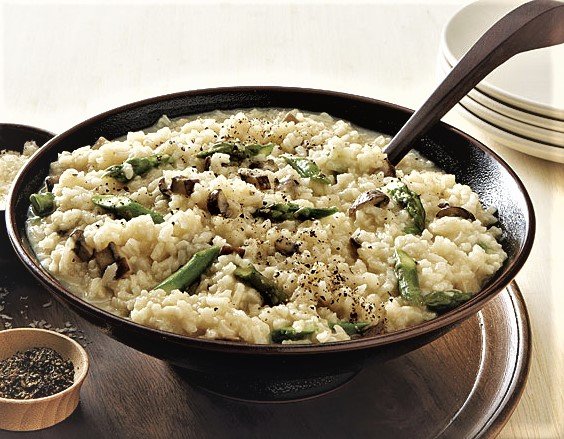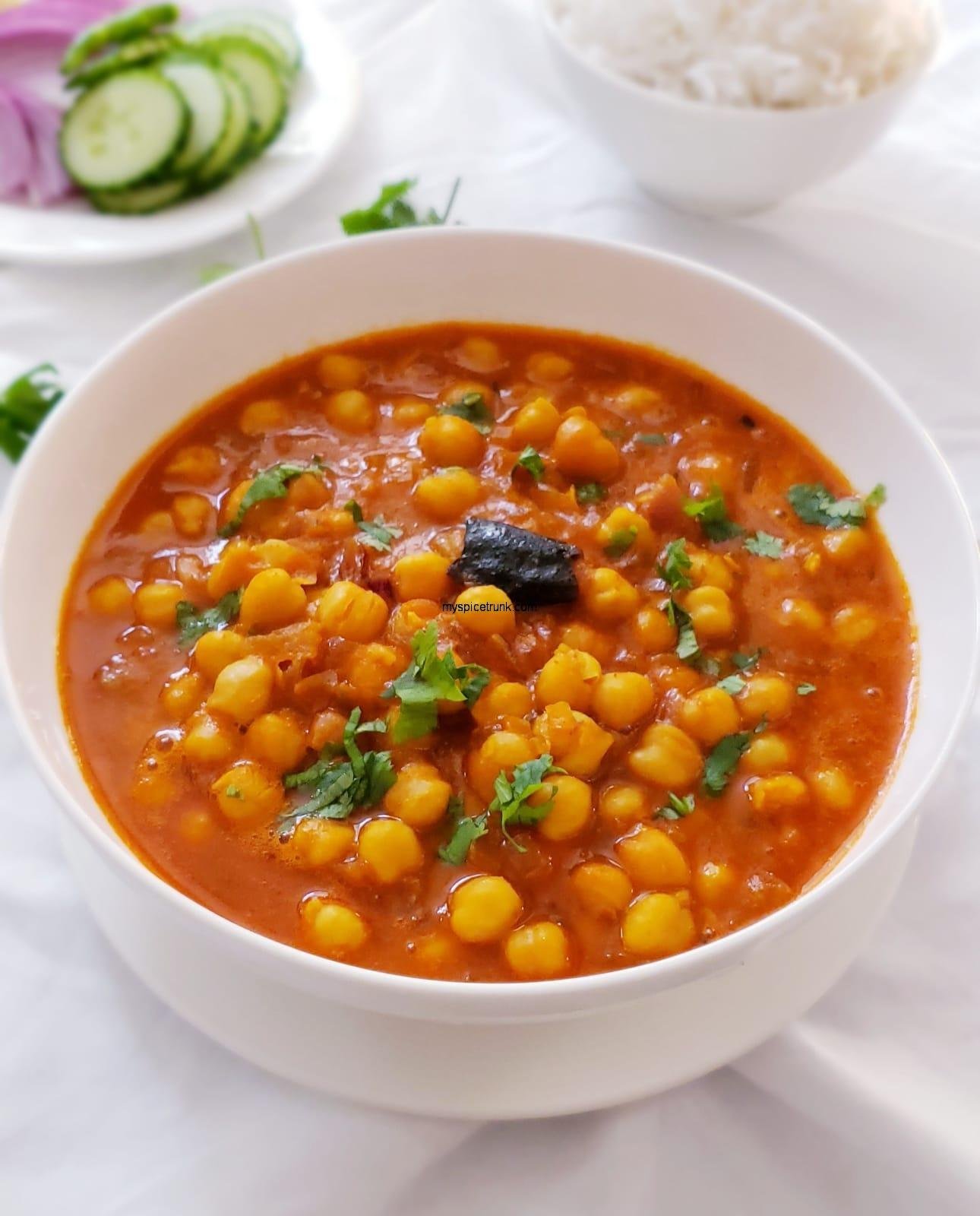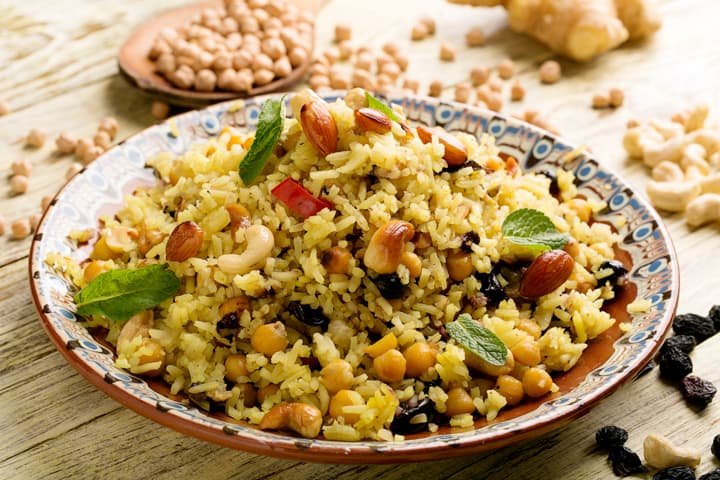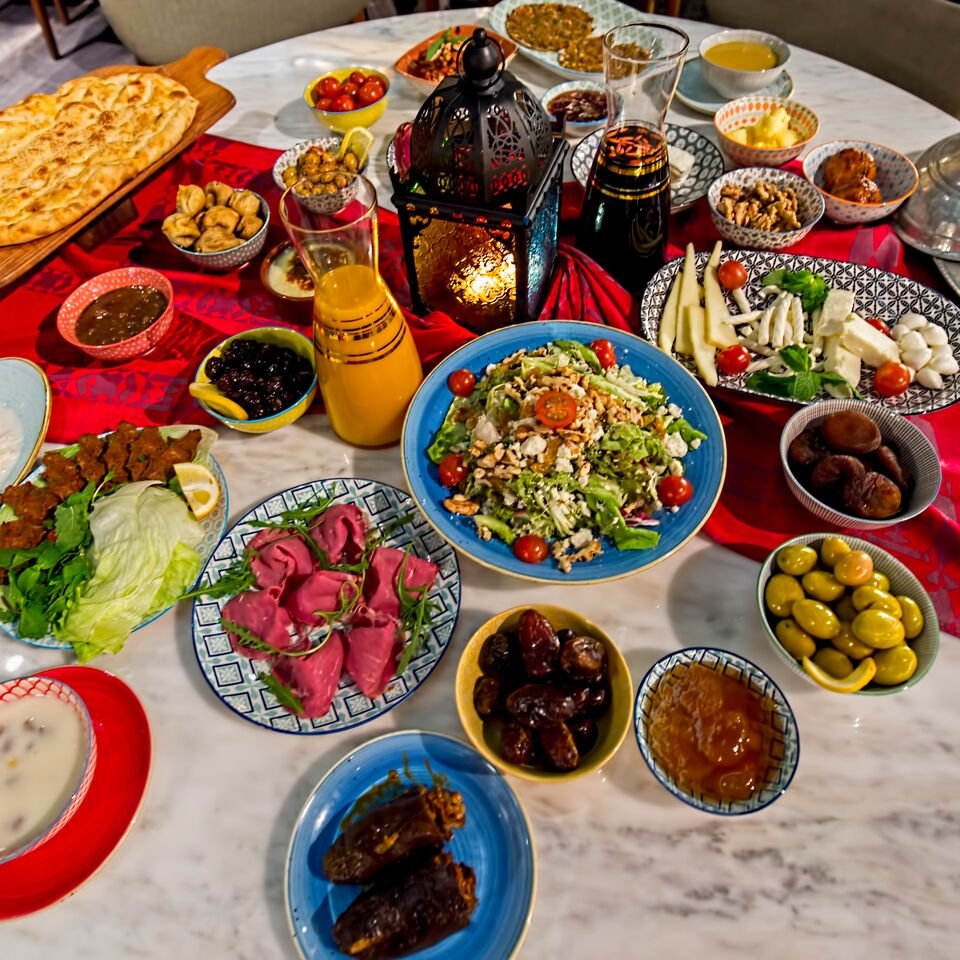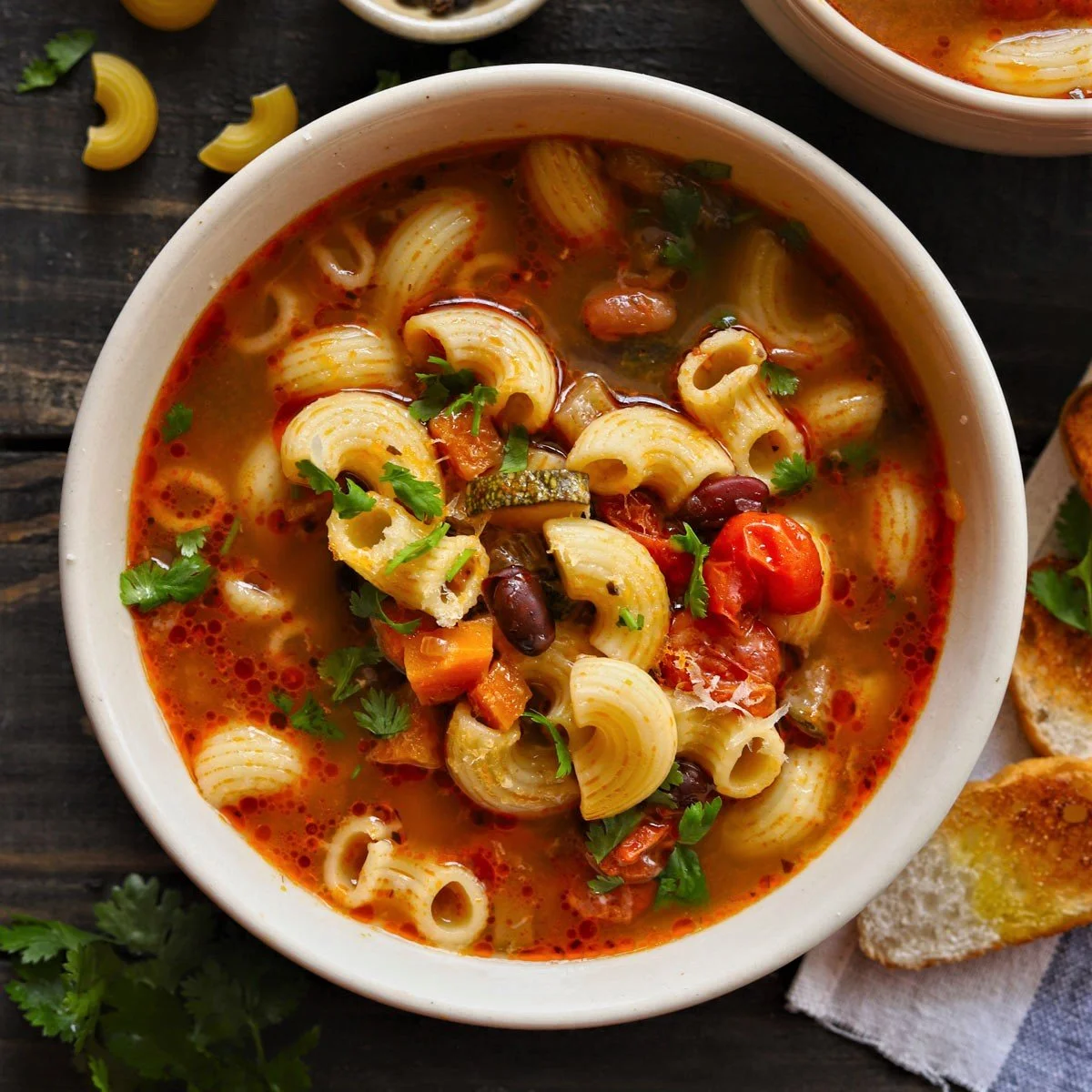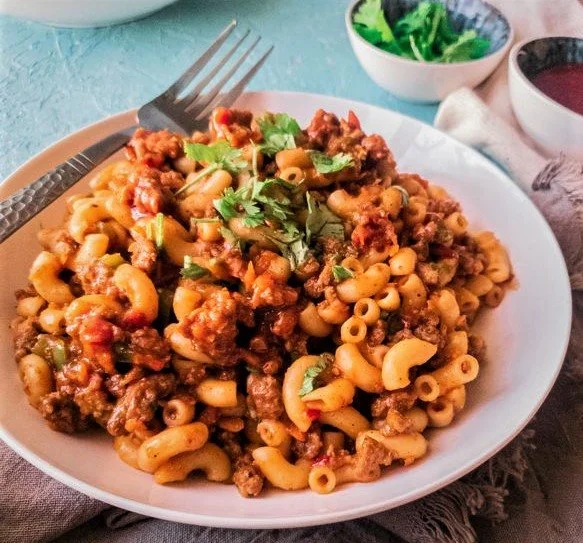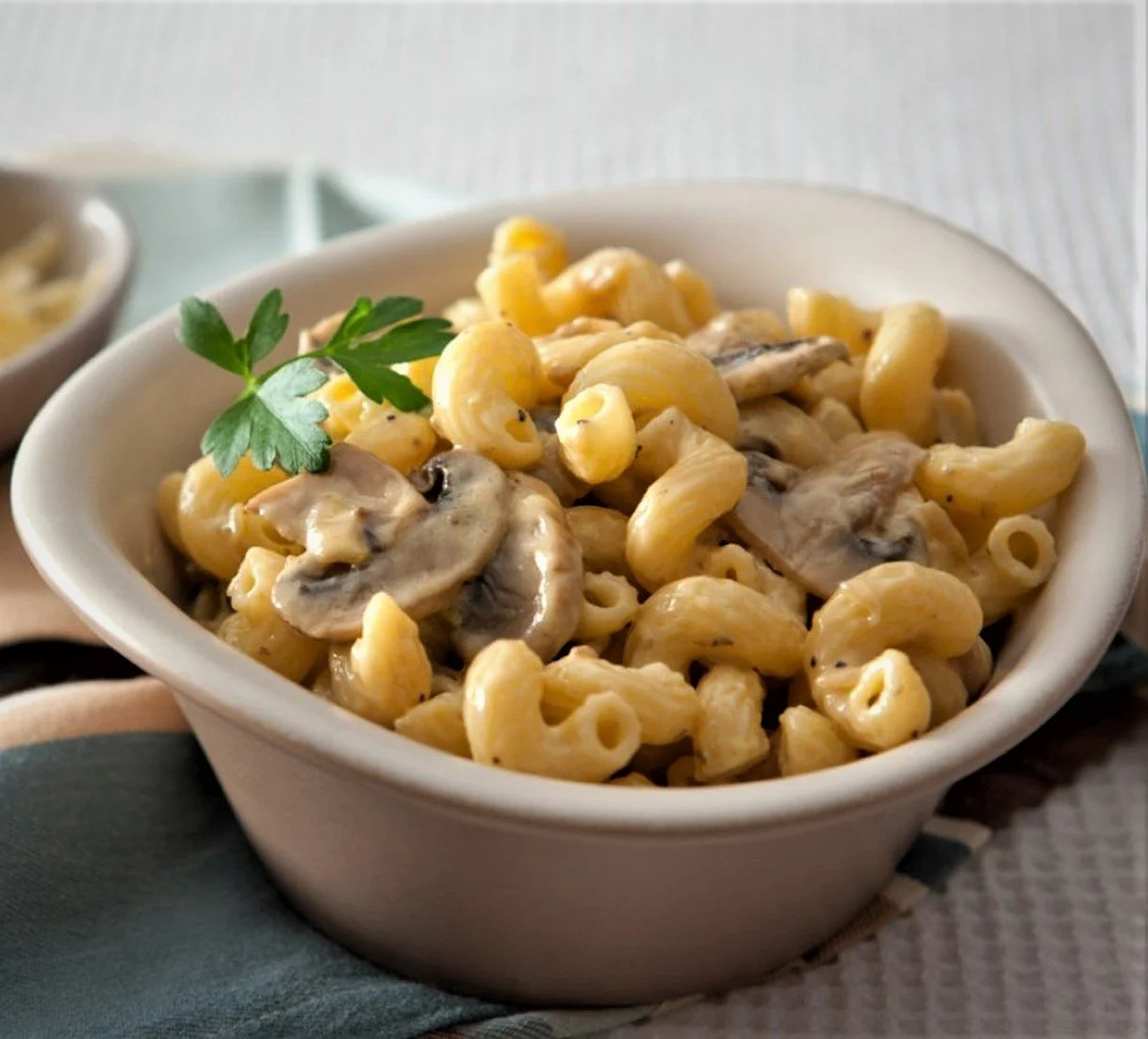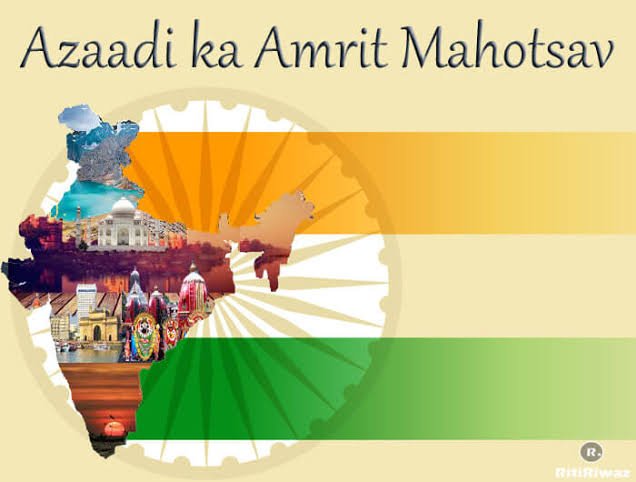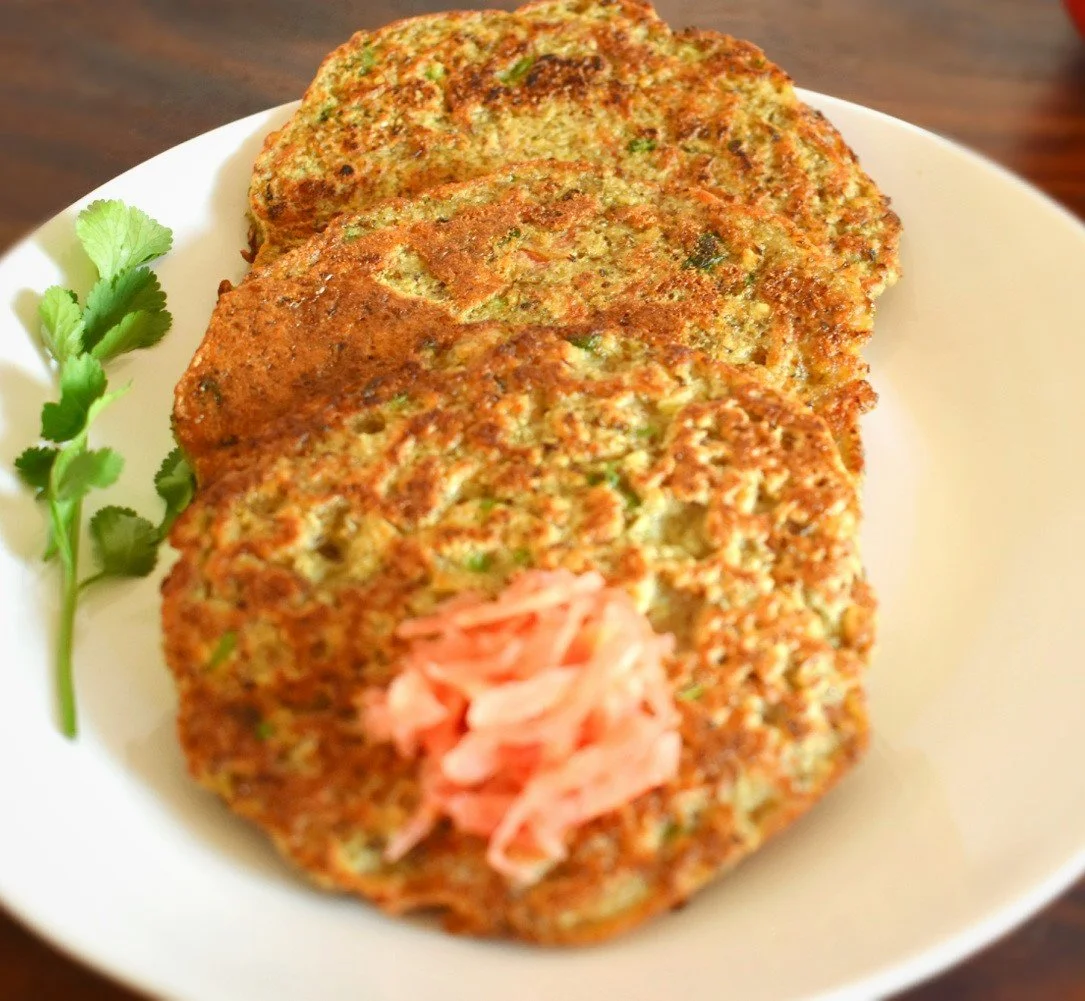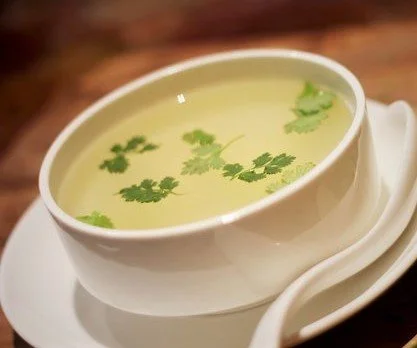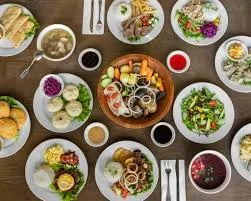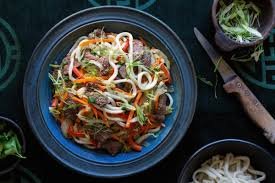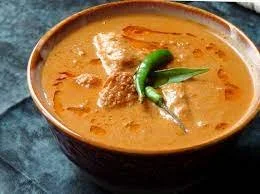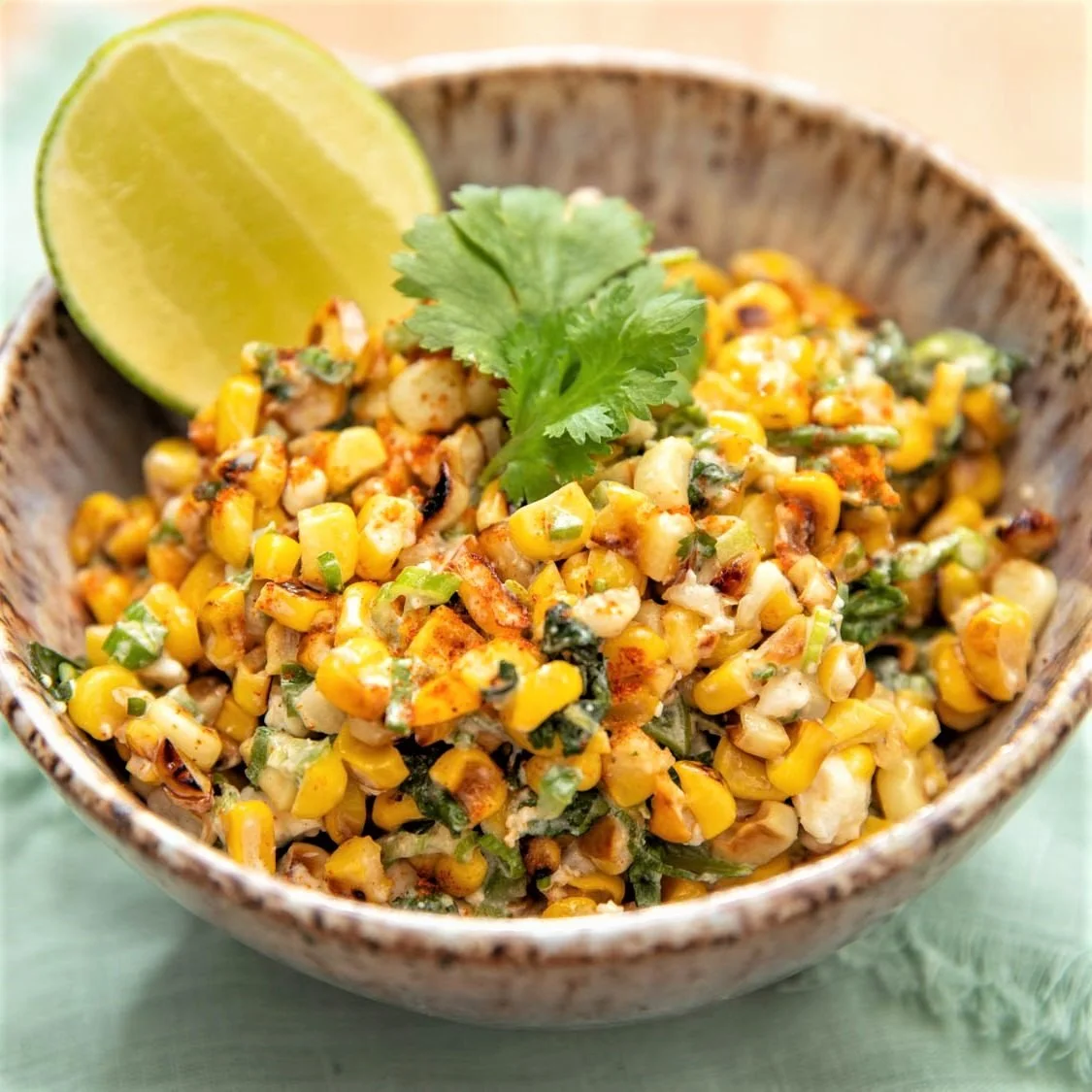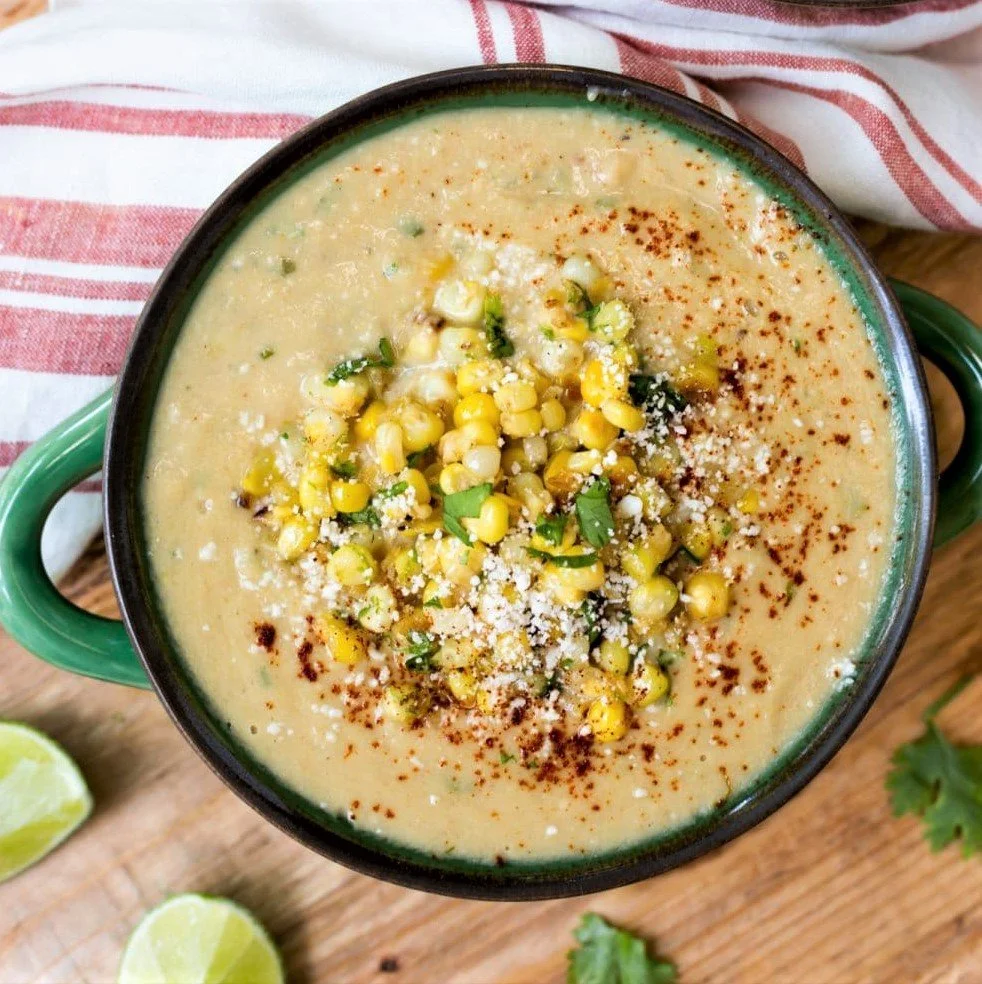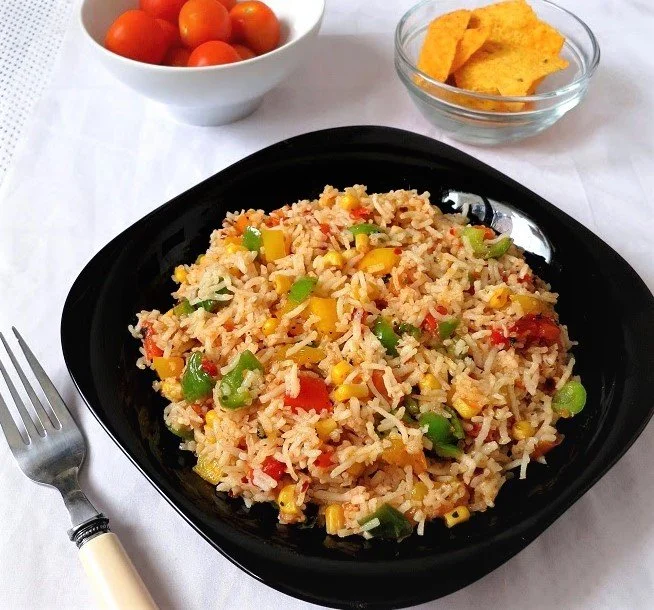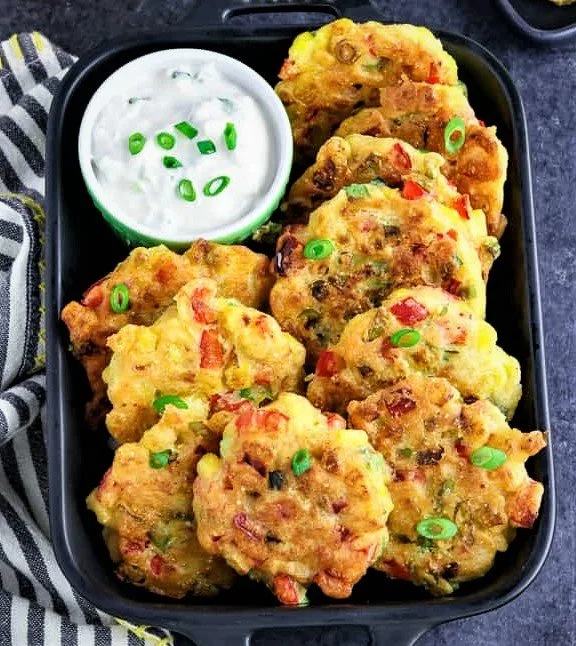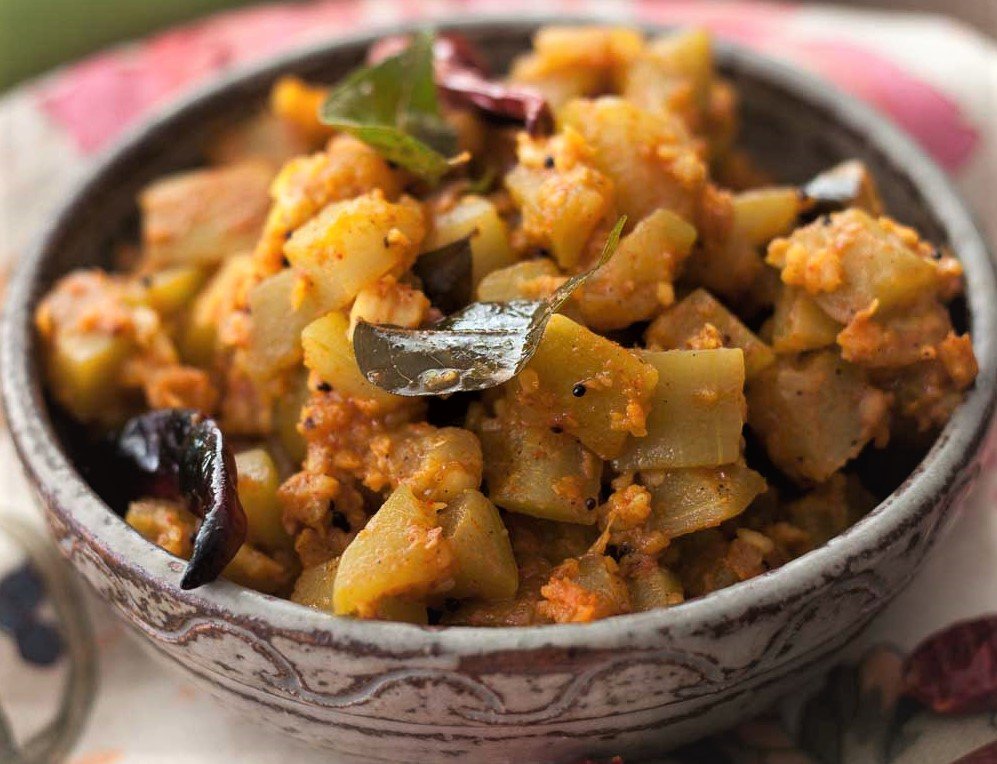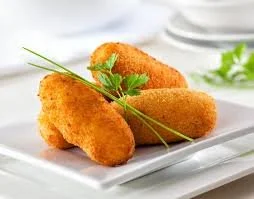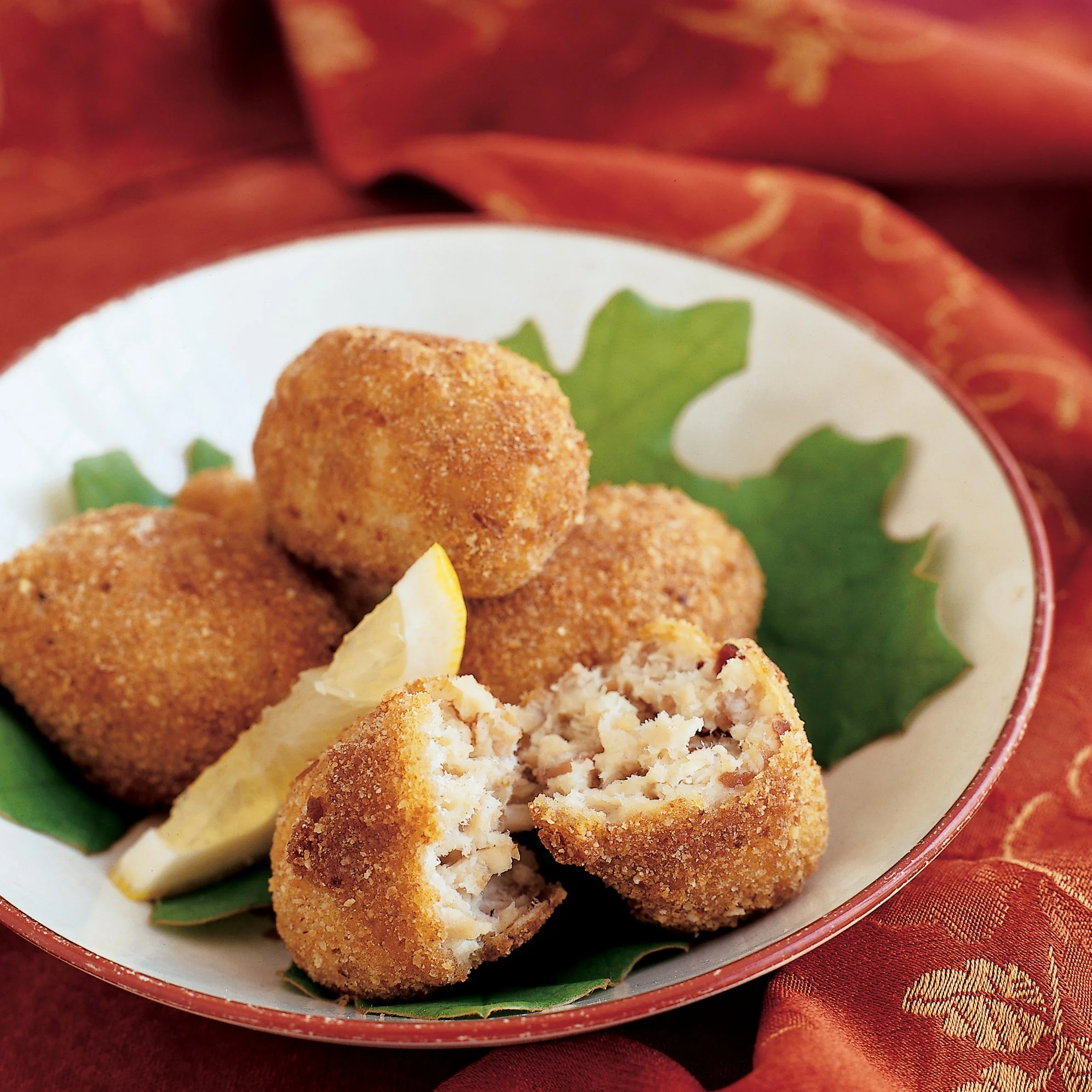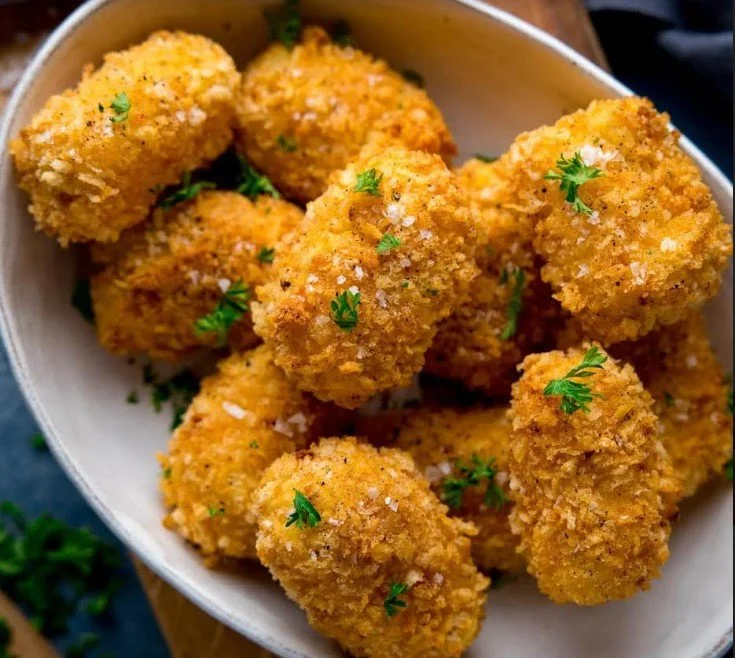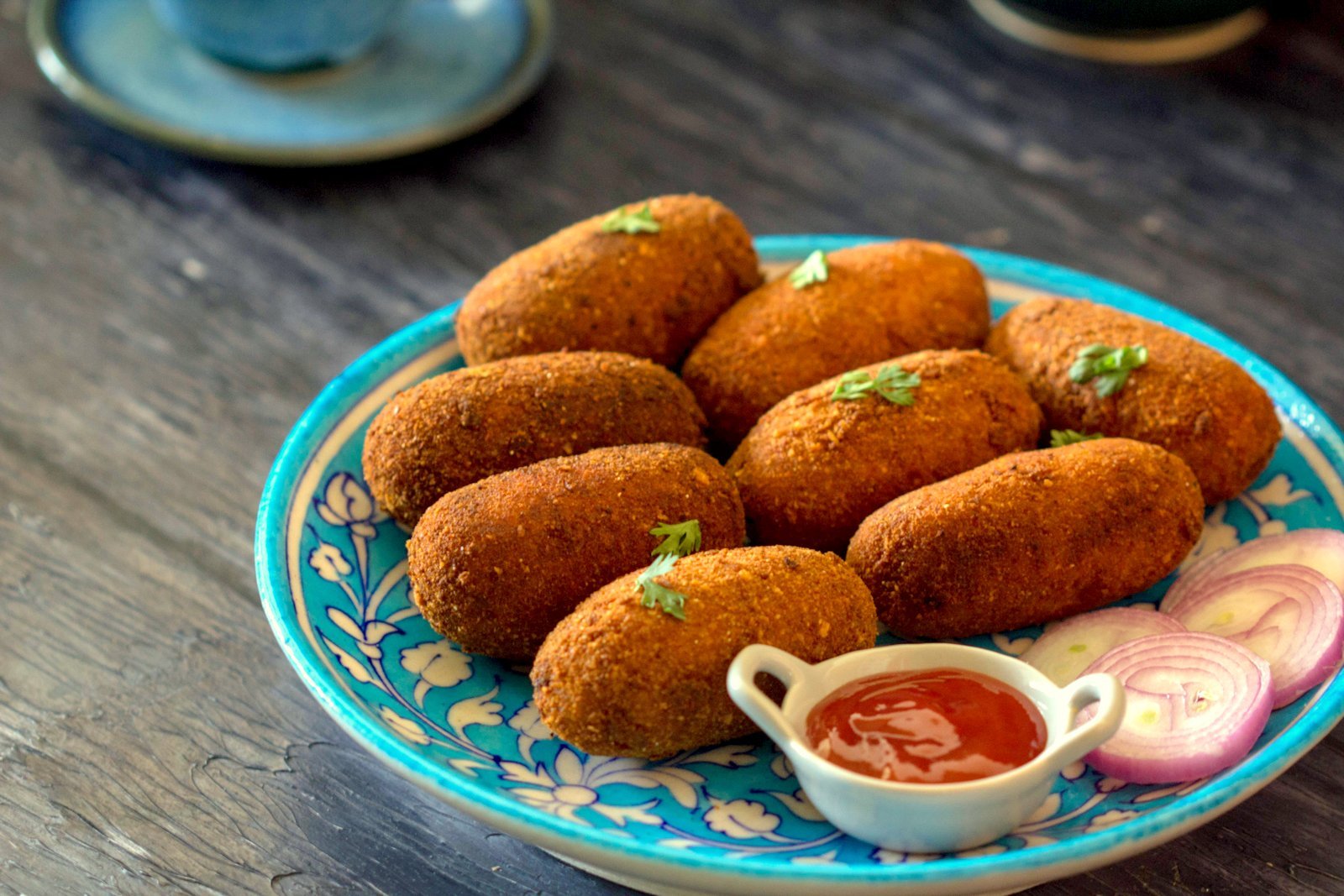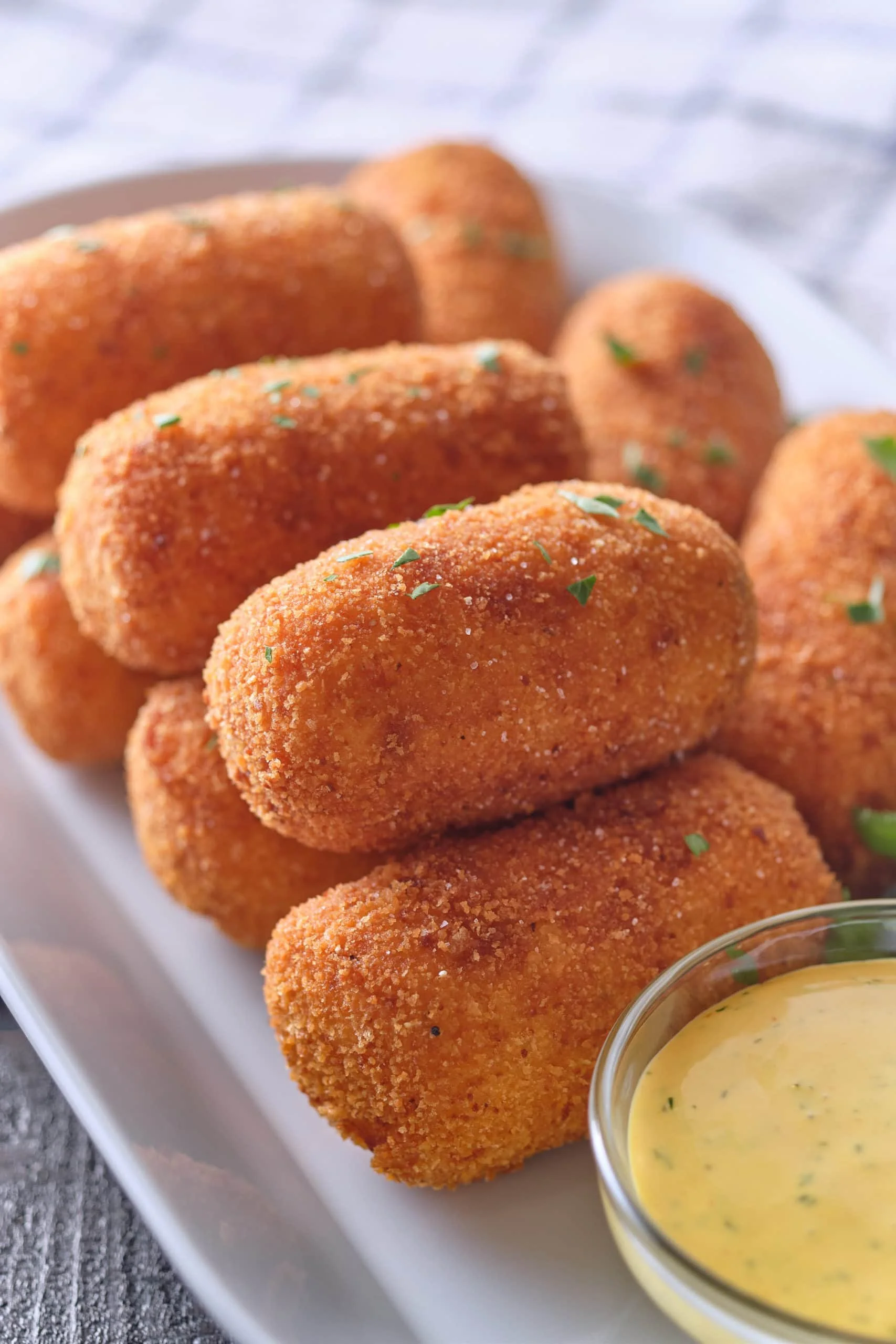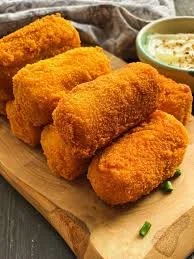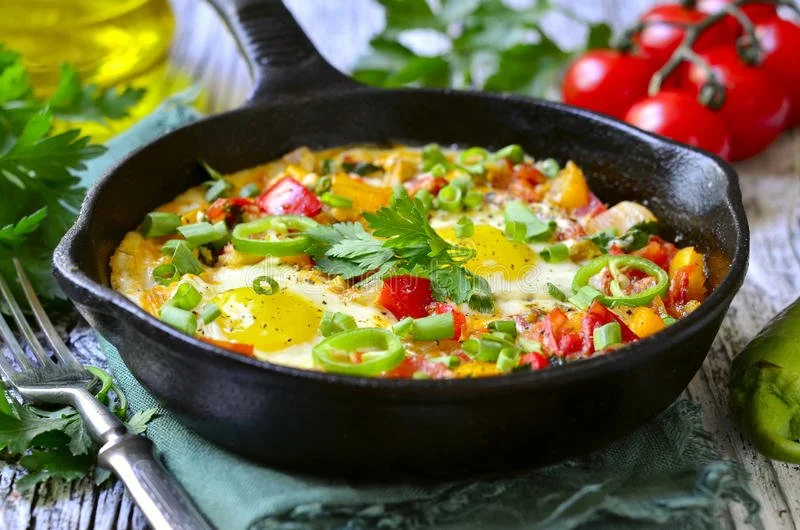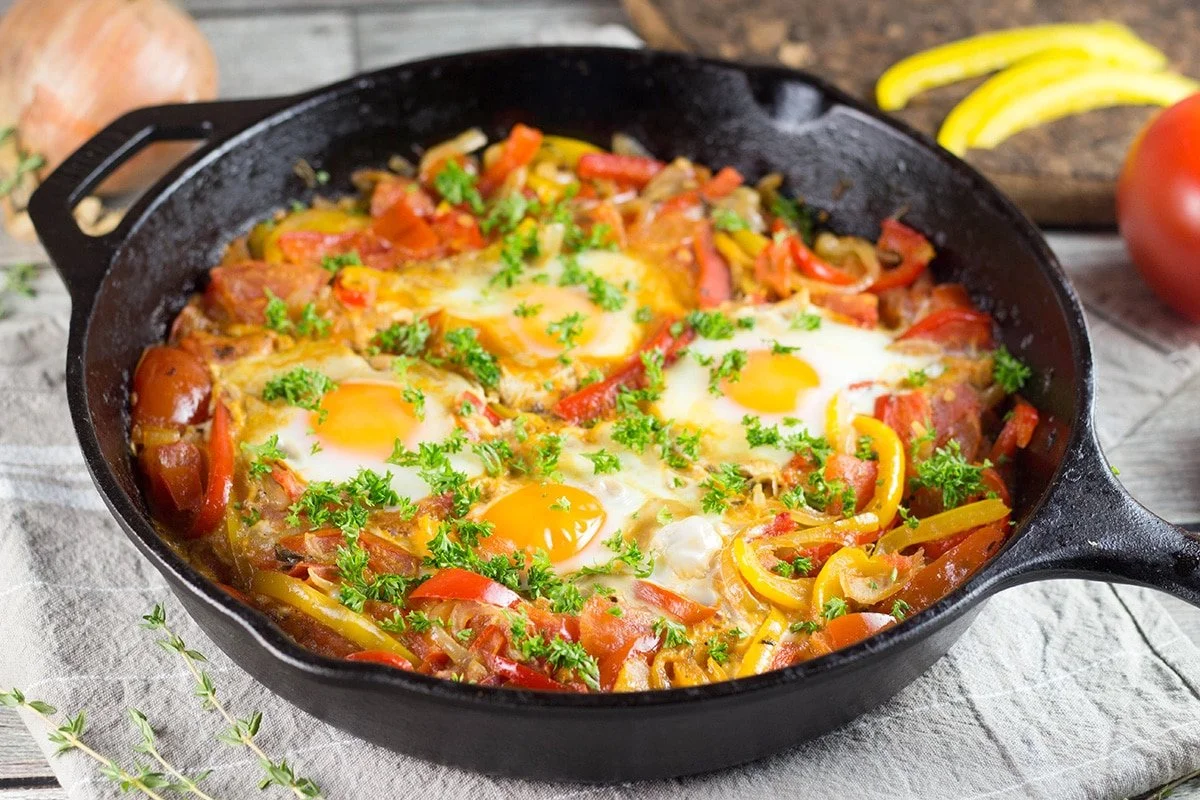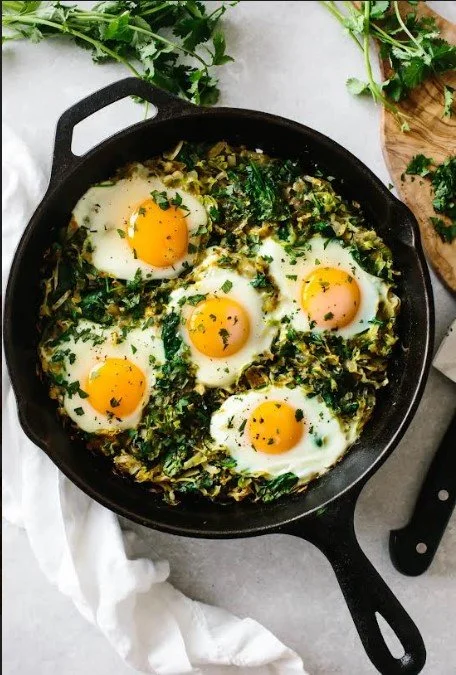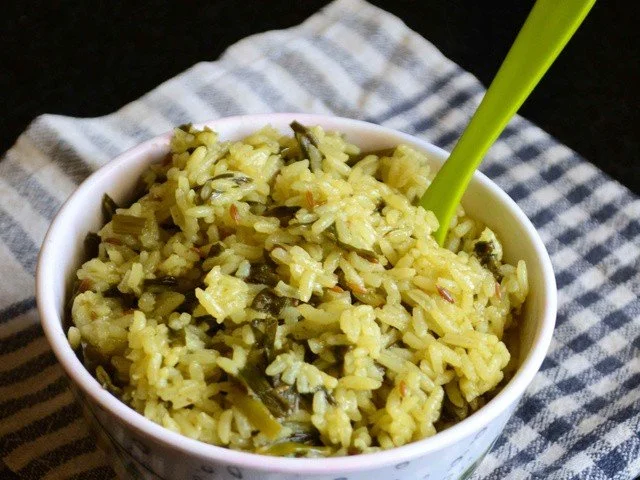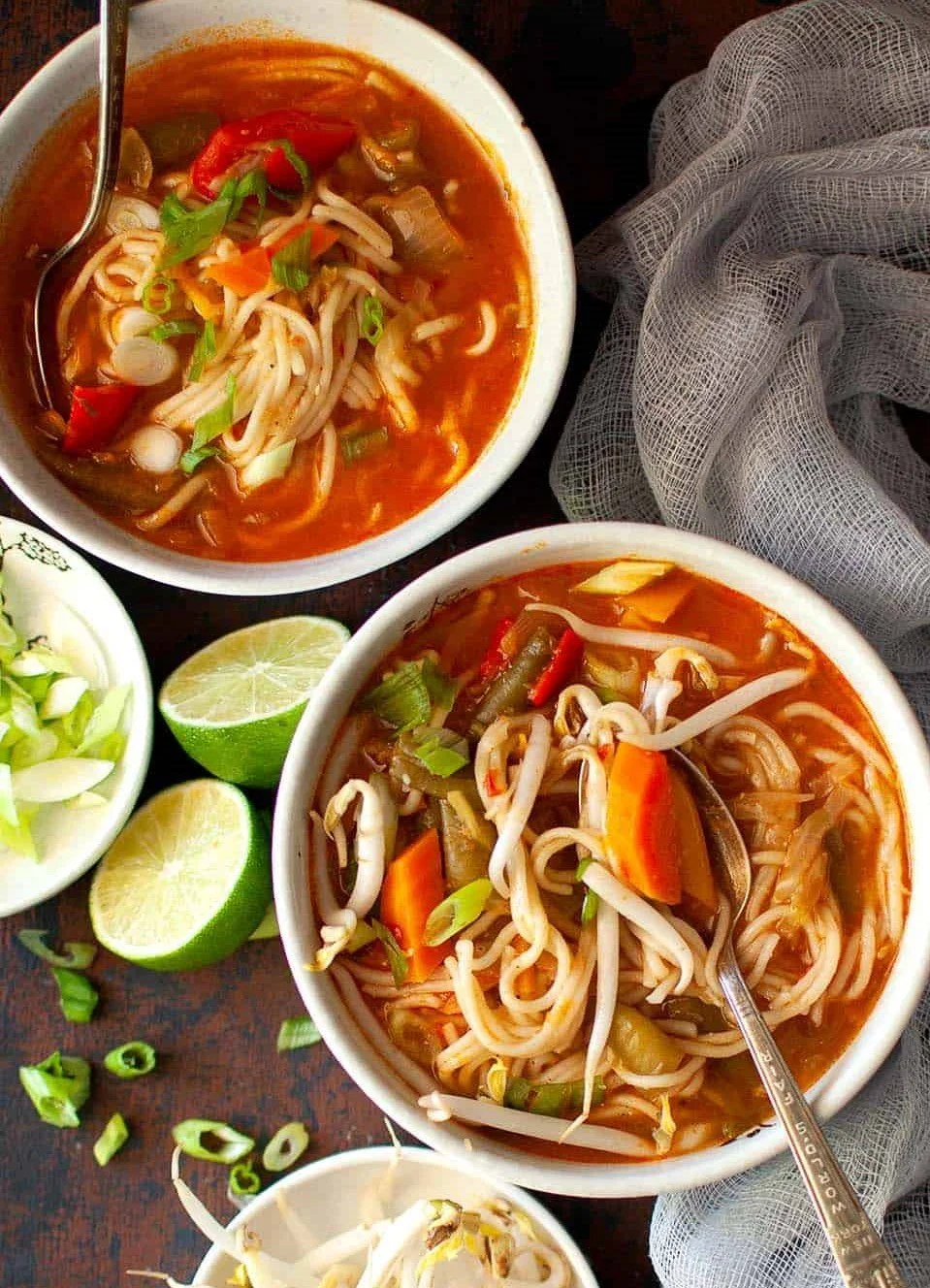Ingredient Ideology | WONDERS OF VIETNAMESE CUISINE Dr. Kaviraj Khialani - Celebrity Master Chef
/It is said that Cuisine is an integral part of a culture. It is passed from one generation to the next. We grow up eating it, and it became a part of who we are. The act of cooking and eating traditional food is a method of preserving our culture. And because no two cultures, though may bear similarities, are the same, a diversity in different cuisines from around the world is created. Now, let’s have a look at what special characteristics of Vietnamese’s culinary culture that make it one of a kind. Food is also very important. Vietnamese food is delicious and stimulating, with many different colors, smells, textures, and flavors. This gastronomy gives great importance to balance, and simple yet colorful and tasty ingredients are combined, creating inviting contrasts.
Vietnamese foods are rich in vitamins and minerals including vitamins C, B1, B6, B3, folate, biotin, zinc, copper, magnesium and potassium – all of which have been proven to help boost energy levels. Usually gluten-free, no need to worry about steep spikes and drops in blood sugar. Vietnam is famous for its bustling Hanoi and Ho Chi Minh cities and Instagram-worthy tourist destinations like Ha Long Bay, the Mekong Delta, and Da Nang. Vietnam is also famous for the Vietnam War, historical cities, and its French-colonial architecture
Vietnam is said to be an agricultural country with a typical monsoon climate and split into three particular regions: North, Central, South. It is that geographical differences that have form culinary variations between each one, creating diversity in Vietnamese cuisine. Each respected region has its own appetite expressed in different names, ingredients, cooking technique, color, to how to present and eat. A bowl of pho in the south usually have bean sprouts, but not in the north. Yet no matter how different the variation is, you can still taste the quintessential elements within it: light, sweet broth, soft beef and the seducing scent of aromas. It's hard to talk about Vietnamese food without mentioning French colonization, which began with missionaries arriving in the 18th century and not ending until 1954. Clearly it had a lasting effect on the country, the people, the architecture, the land, and the flavors. Most obvious might be the banh mi, with its crusty French baguette as the foundation. But the Vietnamese have taken this sandwich and made it entirely their own with grilled pork, fish patties, sardines, cilantro, chili-spiked pickled carrots and other fillings. Many forces of climate, trade, history and immigration have influenced Vietnamese cuisine. Outside cultures have had a strong influence, from the Chinese and Khmer dynasties and the Indian empire to the (short lived) Japanese occupation and, in particular, the French colonial rulers.
Vietnamese are curious and would value the knowledge they have yet to grasp. They are also fast and flexible learners as well. With the process of globalization, they can easily adapt the unique trait of other cuisines from Korea, Japan, China, and European countries, combining with theirs to create new dishes, various methods of cooking that are purely Vietnamese. Take, for example, a famous Indian dish: the curry. When imported to Vietnam, they were able to make the dish less spicy yet still savoury.
This is an element that contributes greatly to the diversity and harmony of Vietnamese culinary culture. Most salt intake in the Vietnamese diet is delivered in the form of fish sauce. Salty, funky, fermented fish sauce, or nước mắm in Vietnamese, is used in marinades, soup broths, salad dressings, spring roll dips, and it's really hard to think of any dish where it's not used. The national condiment is nước chấm, made of fish sauce that's diluted slightly with a splash of lime juice, sugar, chilies and garlic.
Vietnamese greatly respect the harmony within their dishes. A dish must have meet two requirements equally: tasty and healthy. In order to do this, they use what Mother Nature has offered. Nutritious, healthy ingredients such as vegetables and fruit are utilized extensively, to compensate the hero of the dish, and sometimes become the main ingredient. This is quite different from western cuisine, where meat is usually used as the center of the dish. Because of that, Vietnamese food has a surprisingly low amount of fat, grease, and oil, unlike western dishes which usually use too much meat or Chinese dishes with a bit excessive use of oil. You can enjoy Vietnamese cuisine to your heart’s, or stomach’s, content without being satiated and feel even better knowing that it’s one of the healthiest cuisine out there.
Vietnamese cuisine at a glance
It is undeniable that food plays a crucial role in a country’s culture. Traditional cuisine is passed down from generation to generation – keeping the good old flavors to this modern day. Vietnamese food is widely applauded for its balancing flavors as it is a symphony of protein, spices, herbs, vegetables, and even fruits. No wonder people have also known Vietnamese food as one of the healthiest cuisines in the world.
There is something really tempting about Vietnamese dishes that most people can’t resist – even the celebrity chef Gordon Ramsey, the famous American chef Anthony Bourdain, and the British chef Jamie Oliver. The distinct and oddly satisfying tastes of Vietnamese cuisine have travelled all around the world. Rice (or rice flour) plays the main part in every Vietnamese meal – no matter it is a dish from the North, the Central, or the South. However, the side dishes of each region are what set them apart and make them interesting.
The food in the north of Vietnam is influenced by neighbouring China. Stir fries and noodle soups are common. Towards the south, food becomes sweeter, and mixes flavours from Cambodia and Thailand. The Mekong Delta in the south, aptly named the “the rice bowl” of Vietnam, is incredibly fertile, with a tropical climate, sustaining more rice paddies and coconut groves. In fact, Vietnam rice production is the second biggest rice exporter in the world (after Thailand). Rice is a central part of the Vietnamese diet, and steamed rice is part of almost every meal. It is also transformed into ingredients such as rice noodles, rice paper for spring rolls, rice vinegar, and rice wine.
Vietnamese cuisine is fresh, healthy and light, characterised by Pho (pronounced fuh), an aromatic rice noodle soup, which is the national dish of Vietnam. It is consumed any time of day – breakfast, lunch or dinner, sold throughout the country, and is a big part of the street food culture. Combined with meat in a meat-y broth, aromatics and herbs such as lemongrass, ginger, mint, parsley and coriander are used with fresh, crunchy vegetables such as cucumber, bean sprouts, chilli and plenty of lime juice.
Before eating, Vietnamese usually “invite” others in the same table to eating, somewhat similar to the Japanese “itadakimasu”, but rather to invite others to start eating. This is one of much Vietnamese cultural beauty.
Vietnamese also love to invite guests to have a meal with them, or even invite them to join during a meal. More guests mean more bowls, chopsticks,and everyone eats a bit less to spare some food for the guests. The host of the meal usually pick up food and put them in the guests’ bowl as a polite and generous manner. And keep in mind that the host never finishes before their guests. As a conclusion, a Vietnamese meal not only fun but also represent their hospitality.
Let us have a look at few popular recipe concepts and food categories under Vietnamese cuisine:
1. PHO: Putting it across in simple words it is just a rustic, simple, rustic bowl of sweet, savoury broth, some rice noodle, a few slices of beef and some herbs to go along. Yet without a single doubt, it has become the heart and soul, the symbol of Vietnamese cuisine. Business Insider magazine has published a list of 40 most delicious dish in the world that everyone should try at least once. And the first name of the list comes as no surprise: our beloved pho. And it’s not there for no reason. Behind a seemingly plain bowl of pho are the compositions of a number of meticulously selected spices and ingredients, along with time taking a process of preparation and cooking. Pho has a place in every Vietnamese heart. It basically represents the Vietnamese culinary culture. You can find a pho restaurant everywhere you look in Vietnam, from the rural countryside to busy metropolis. You can enjoy this dish at any meal, whether it’s breakfast, lunch or breakfast, and even multiple times a day without feeling satiated.
2. BANH MI: A sandwich concept with goodness of ingredients dressed in between slit open bread. Banh mi is a phenomenon everywhere it reaches. And in Vietnam, all it takes is a minute walk from your hotel to the nearest alley to get a bite of this global food trend. Perhaps banh mi has become such an ordinary item within Vietnamese’s daily life that they have forgotten to make a standard recipe for it. Right in its birthplace, there are already so many different kinds, from pork skin banh mi in the south, to fish stick banh mi in the middle region, every banh mi maker has their own recipe, making a list of hundreds of variations that can only be found in Vietnam. Banh mi has followed Vietnamese footsteps to travel the globe, building famous brand such as Banh Mi Saigon in New York, Banh Mi Boys in Toronto, Banh Mi Ba in Prague, though you can even make your own banh mi at home, it will get nowhere near to taste as good as one from its home country.
3. FRESH VIETNAMESE SPRING ROLLS: In 2011, spring rolls made its appearance in CNN Travel’s “50 best dishes in the world”, becoming the runner-up and came in a close second only after pho for best Vietnamese dishes. Many are convinced that should there be a dish from Southeast Asia that is capable of rivalling Japanese’s finest – sushi, it would be spring rolls, based on the fact that it’s tasty, nutritious without putting you on weight.
Perhaps, spring rolls are one of the most “easy-going” dishes in Vietnamese culinary culture. You can either eat it as a quick, delicious meal to satisfy your rumbling tummy or enjoy as a fancy delicacy. It’s probably because of this attribute, with the fact that it has a signature flavor of North Vietnam or to be more specific, Hanoi, making it one of the most important, indispensable dish within the menus of every Vietnamese restaurant in the far West. The French named it “Rouleau de Printemps” – the rolls of spring. Maybe This is probably because of the combination of colors of spring rolls. Just take a bite, feel the chewiness of those rice papers, the juiciness of the pork and the sweetness of the shrimps, dipped in savoury sauce with a hint of spice, the freshness of raw vegetables, all come together to create a symphony of flavors. Spring rolls without the presence of its dipping sauce would only half as good. The savoury fish sauce deepens the flavor of the vegetables and fillings. From spring rolls, you can sense the balance of elements from ancient philosophy. It’s a gathering of the five tastes: the sweetness of the rice noodle, the savouriness of the eggs and meat, the heat of garlic and chili, the acridness of green bananas, the sourness of star fruits or pineapple, yet each of them only has a specific tone that is just right. Should one flavor out powers one another or become absent from the dish, the balance would be destroyed, leaving nothing but unsatisfied gastronomes.
SOME FACTS ABOUT VIETNAMESE FOODS:
A COLORFUL & FLAVORFUL BREAKFAST TO START THE DAY: Breakfast is the most important meal of the day, no doubt. Vietnamese have the same idea. It provides energy for you to make through the day, thus, Vietnamese rarely skips breakfast. Foreign travellers are especially impressed with how Vietnamese have their first meal of the day in moderation and how nutritious it is. Scarcely do travellers find Vietnamese have cereal, salad or sweet food for breakfast. Instead, they take their time to enjoy a big, wholesome meal, with banh mi, pho, rice, congee or a bowl of steaming hot sticky rice with dried pulled or braised pork, eggs to start the day right. Housewives in Vietnam also get up very early to prepare dishes for their family so they can make the most of the time their family are together.
ENJOYING DESSERTS AS SNACKY MEALS: Some humorous travellers take on Vietnam’s climate as “unforgivingly hot”. It’s more than true, but the Vietnamese have learned to adapt to this. They came up with refreshing desserts such as sweet soup or gruel, juice, mixed yogurt travellers coming to Vietnam will get the chance to enjoy these, and some dishes that really struck an impression are sweet bean soup, Thai sweet gruel, douhua, in common sense, these dishes are only used in small portions after the main dish, but the case is different in Vietnam. Vietnamese tend to have these as afternoon snacks, in small shops or vendors. This is why traveling to Vietnam requires a pot belly to experience all of it.
VIETNAMESE COFFEE CULTURE: Coming second only to Brazil in the field of coffee production, it’s not much of a surprise to see foreigners find the culture of this signature drink in Vietnam a bit odd. Being exquisitely flavourful, Vietnamese coffee will utmost certainly be a highlight of travellers’ holiday. Iced coffee with milk is a generally popular Vietnamese drink. In every town or city, foreign travellers can easily find a decent coffee shop on the street. It’s not a tough task to see Vietnamese enjoying their cup of black or brown coffee on every street. No need for big, fancy coffee shop, but only some plastic stools and a couple tables, and you’ll get a decent place to sip some caffeine with a view of the old quarters, or the busy streets in the breezy weather. Also, Vietnamese don’t waste their weekend morning by waking up really early to stop by a coffee shop for a chat with some friends or to read a good book.
FISH SAUCE AS A POPULAR FLAVOURING: It is and has been the key spice and sauce to Vietnamese dishes. You can’t call it a Vietnamese family meal without a small bowl of fish sauce in it. Fish sauce is made by brewing anchovies and salt until fermented. At the right point of time, the base sauce won’t retain such an overpowering flavor, but rather a pleasant taste. The sauce is elevated even more when combined with other ingredients. Fish sauce is the perfect dipping sauce for many Vietnamese dishes such as spring rolls, bun cha, sweet and sour grated salad were fish sauce to not exist, Vietnamese cuisine wouldn’t be able to stand where it is now among others.
FEW POPULAR INGREDIENTS USED IN VIETNAMESE COOKING:
Cilantro: In salads, soups, spring rolls, and beyond. Widely used as the finishing touch garnish. Depending on your genetics, might taste soapy.
Mint: Several varieties grow in Vietnam. Some are fuzzy, some taste lemony, some spearmint, others are spicy.
Fish Mint or Fish Leaf: Ever tried fish mint? Wow, it's really fishy. Appropriately named, this leafy herb has an awfully pungent smell and taste. You'll think you wrapped actual fish into your spring roll, but really it's just this sneaky leaf.
Basil: More popular in Thailand but still makes an appearance in pho and on herb plates.
Lime Leaf: Bright green and shiny. Somewhat bitter oils.
Lemongrass: Tastes and smells, not surprisingly, like lemon. Used in both sweet and savoury dishes.
Green Onions and Scallions
Garlic Chives: Flat leaves with a delicate onion and garlic flavor.
Perilla Leaf: Green on top, purplish on the underside with a complex flavor that combines liquorice, mint, and lemon all in one leaf.
Dill: Hardly associated with Southeast Asian cuisine but used in a famous Vietnamese fish dish called Cha Ca, where it's treated more like a veggie than an herb.
Turmeric: Sometimes called poor man's saffron, it adds a vivid goldenness to fried foods and some peppery flavor.
Ginger and Galangal: Both knobby rhizomes, both pervasive in Vietnamese cooking.
Saigon Cinnamon: There are different species of cinnamon in the world, and this one is indigenous to Vietnam. Woody, earthy flavor and aroma. Important in pho.
Tamarind Pulp: Maybe this doesn't belong on this list, but it needed to go somewhere. The sweet-sour pulp is used in noodle soups and curries.
Vietnamese cuisine also has influences from Champa, Malaysia and Cambodia. The use of coconut milk and various central dishes such as bánh khọt were influenced by Cham cuisine. Spices including curries were also introduced to Vietnam by Malay and Indian traders.[4] Though not common in the north, cà ri is a quite popular dish in central and southern Vietnam. The most common form is chicken curry, and to a lesser extent, goat curry. Chicken curry is an indispensable dish in many social gathering events, such as weddings, funerals, graduations, and the yearly death anniversary of a loved one. Similar to Cambodia, curry in Vietnam is eaten either with bread, steamed rice, or round rice noodles (rice vermicelli). Mắm bồ hóc or prahok, adopted from ethnic Khmer in Southern Vietnam, is used as a central ingredient of a Vietnamese rice noodle soup called bún nước lèo which originated with ethnic Khmers in Vietnam and is not found in Cambodia. Despite the varied landscape of Vietnam, all of the cuisine contains this brilliant balance of aromatics, heat, sweetness, sourness, and fish-sauciness. As with other Asian cuisines, it's all about the yin and yang; the sweet and the salty, the cooling and the warming, the fresh and the fermented. Until now, Vietnam food is also regarded as one of the healthiest cuisines all over the world. As people usually say, "Vietnamese food is not only food, it is Vietnamese culture”. Vietnamese food is a harmonious combination of five basic spices: spicy, sour, sweet, salty, and bitter creating its distinctive flavor.
Overall to describe Vietnamese cuisine in a nutshell the following can be kept in mind:
The mainstream culinary traditions in all three regions of Vietnam share some fundamental features:
Freshness of food: Most meats are only briefly cooked. Vegetables are eaten fresh; if they are cooked, they are boiled or only briefly stir-fried.
Presence of herbs and vegetables: Herbs and vegetables are essential to many Vietnamese dishes and are often abundantly used.
Variety and harmony of textures: Crisp with soft, watery with crunchy, delicate with rough.
Broths or soup-based dishes are common in all three regions.
Presentation: The condiments accompanying Vietnamese meals are usually colorful and arranged in eye-pleasing manners.
Vietnamese cuisine is reflective of the Vietnamese lifestyle, from the preparation to how the food is served. Going through long phases of war and political conflict, as well as cultural shifts, the vast majority of the Vietnamese people have been living in poverty. Therefore, the ingredients for Vietnamese food are often very inexpensive but nonetheless, the way they are cooked together to create a yin–yang balance makes the food simple in appearance but rich in flavor.
Because of economic conditions, maximizing the use of ingredients to save money has become a tradition in Vietnamese cooking. In earlier decades and even nowadays in rural areas, every part of a cow is used, from the muscle meat to the intestines; nothing is wasted. The higher quality cuts from farmed animals (cows, pigs) would be cooked in stir-fry, soup or other dishes, while the secondary cuts would be used in blood sausages or soup. The same goes for vegetables like scallions, the leafy part is diced into small bits which are used to add flavor to the food while the crunchy stalk and roots are replanted.
On a concluding note: the food of Vietnam is vivacious, delectable and a perfect treat for the palate. It is easy to adapt to and blend in its culture, taste, flavors, aromas, category of meats, fish, poultry, veggies and more. We need to promote this cuisine all over and make more and more aware of what’s happening around us and how it can help the tourism and culinary gastronomy.



